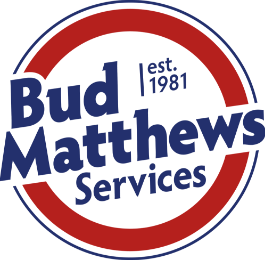 It’s the goal of all our plumbers to provide the best help possible to each of our customers, whether that means handling basic repairs for faucets or tackling a major repiping or installation job. Our customers often have questions about their plumbing, including some that may seem minor but still pester them. Maybe they feel embarrassed to ask a professional plumber a question like, “Why is the pipe under my sink drain shaped with that curve?”
It’s the goal of all our plumbers to provide the best help possible to each of our customers, whether that means handling basic repairs for faucets or tackling a major repiping or installation job. Our customers often have questions about their plumbing, including some that may seem minor but still pester them. Maybe they feel embarrassed to ask a professional plumber a question like, “Why is the pipe under my sink drain shaped with that curve?”
But you should never feel embarrassed to ask any of our plumbers any questions when they’re at your home providing service. In fact, we can take care of answering that particular question right now. Knowing a bit more about “that curved drainpipe” may help you solve some basic problems in the future with your plumbing in Durham, NC.
That Piece of Pipe Is Called the “P-Trap”
The curved pipe section beneath the train is called a p-trap because of its shape. It might appear like a “U” when you first look at it, but the whole length of the pipe piece from the straight part that connects into the wall to where it hooks to the drain creates a shape like a capital letter “P.” (Tilt your head to the side to look at it … there, now you can see it.)
The p-trap is an ancient plumbing invention that operates using gravity. When water stops flowing down the drain, gravity traps water in the curved section. This water serves as a barrier between the open drain of the sink (or shower, bathtub, etc.) and the rest of the sewer system for the house. Sewer gas rises, and the water in the p-trap prevents it from coming back up and out the drain. Without the p-trap, you’d have extremely smelly drains all around your house!
P-Trap Troubles
Although an important sanitary mechanism for your plumbing, the p-trap can develop various problems that require attention, from simple solutions you can do yourself to more serious ones that will require calling professional plumbers.
The most basic trouble with a p-trap you may encounter is when one dries up, i.e. loses the water plug inside it. This happens with drains that receive little use, such in as bathroom attached to a guest room. If you notice sewer smells coming from a drain, the problem may be a dried p-trap. Solving this is easy: turn on the faucet and let water pour down the drain for a minute to restore the water plug. (If the sewer smells continue, you may have more serious drainage issues and must call for a professional plumber to look into.)
Another common issue is clogging in the p-trap. Water gets caught there, but other debris can get caught in it as well. Bathroom drains, and shower drains in particular, often develop hair clogs in the p-trap that will create slow drains and eventually full clogs. Hand-cranked drain snakes can sometimes clear these out (but don’t use chemical drain cleaners, which can end up eating right through the p-trap!), but we recommend calling us for complete drain cleaning to remedy this issue. In some cases, for old piping, we’ll recommend replacing the whole p-trap, which is a fast and easy job for us.
Bud Matthews Services is here in Durham and the surrounding areas for all your home service needs!

